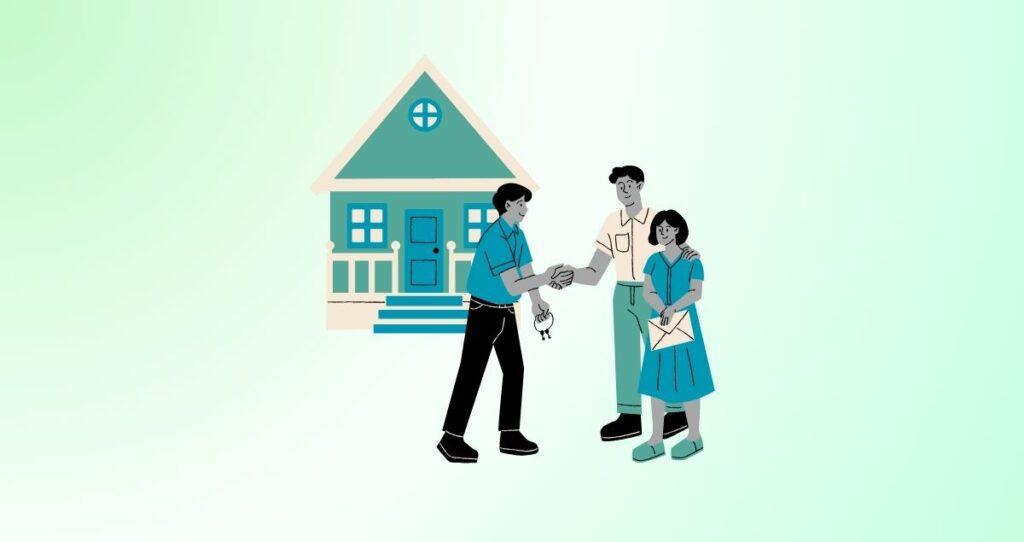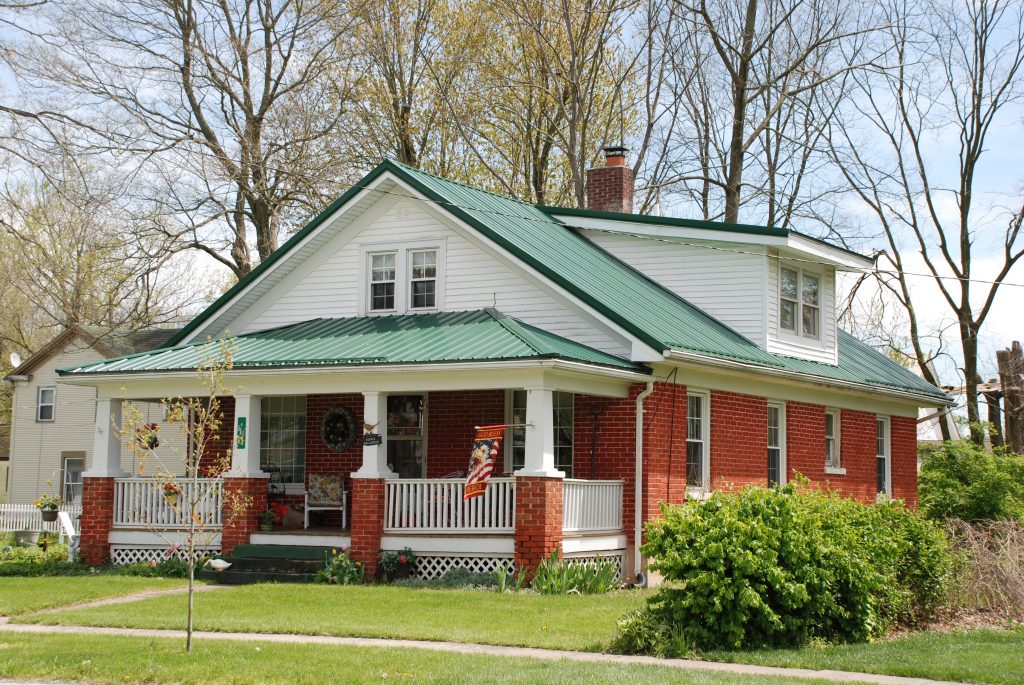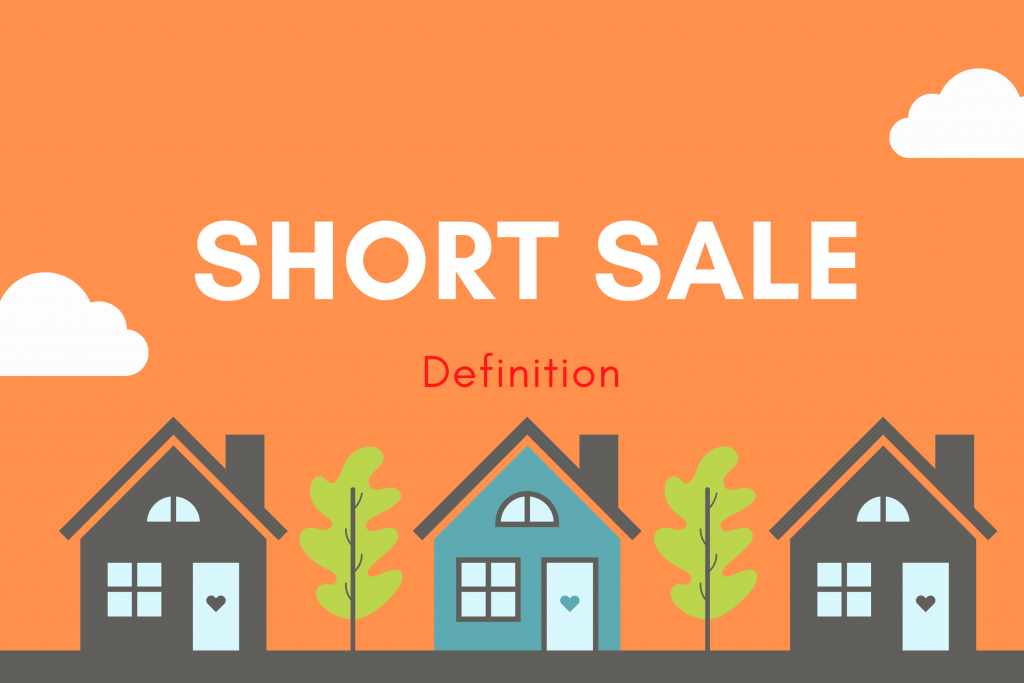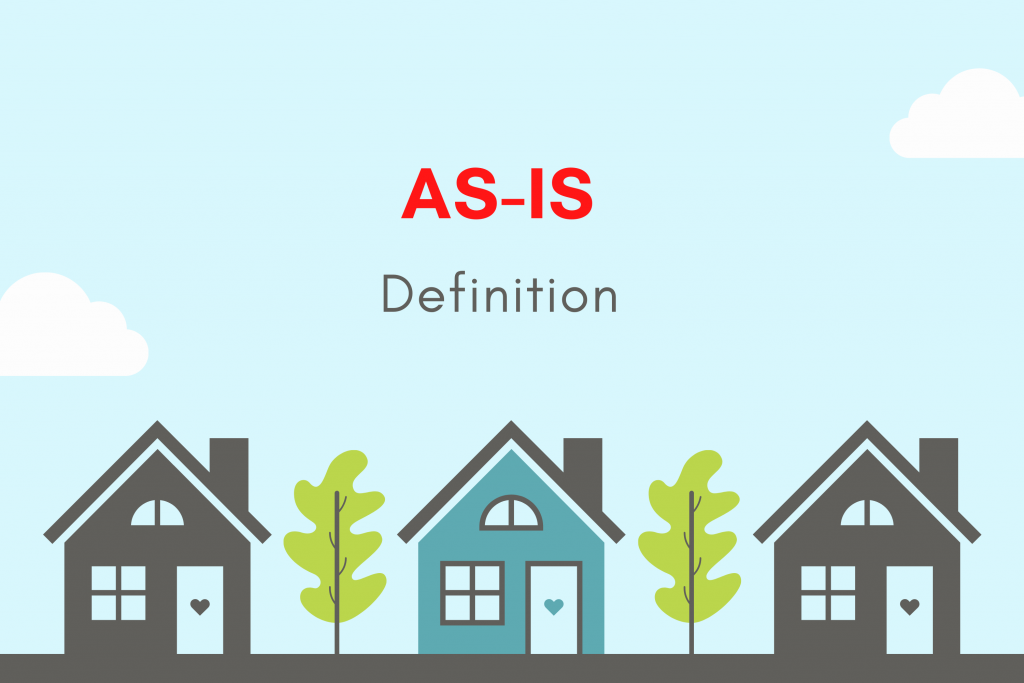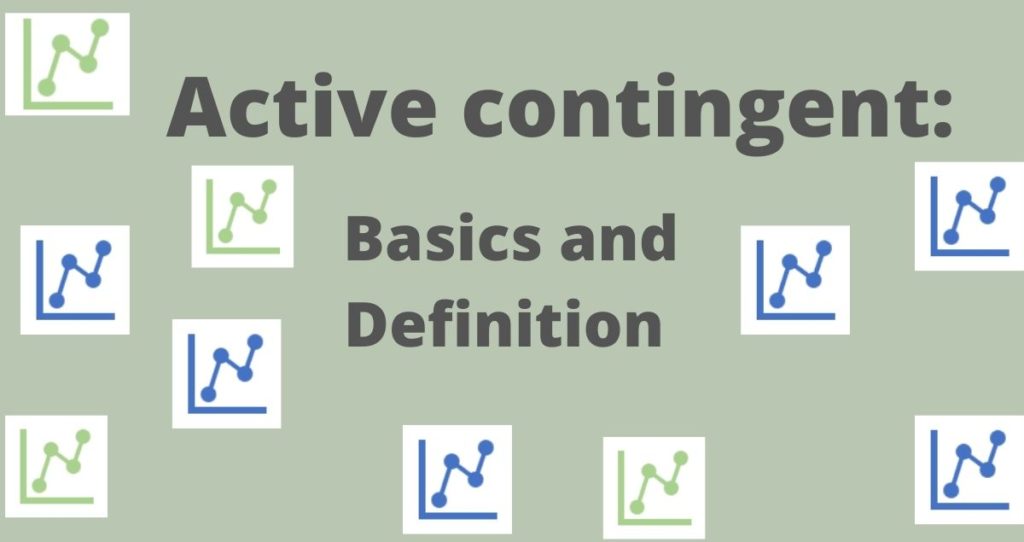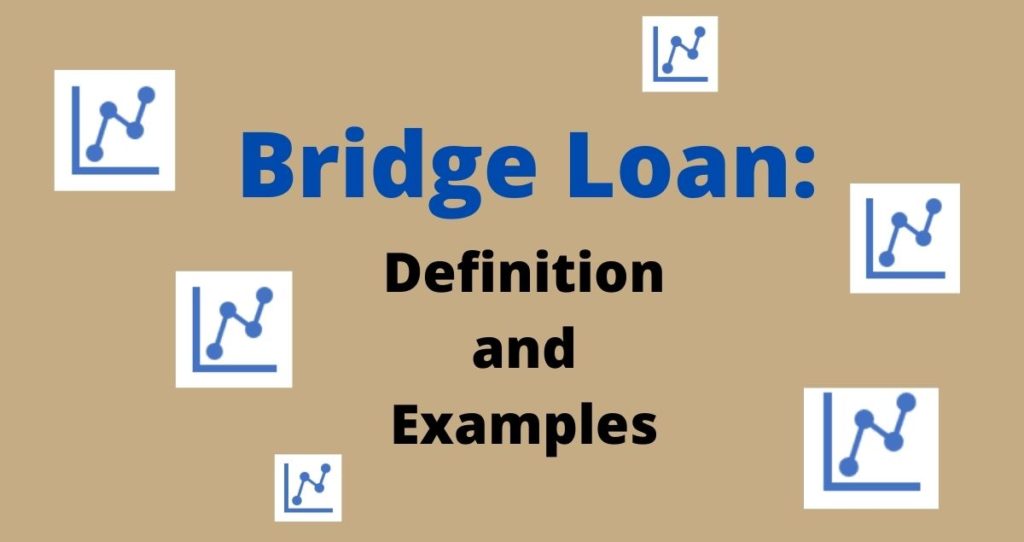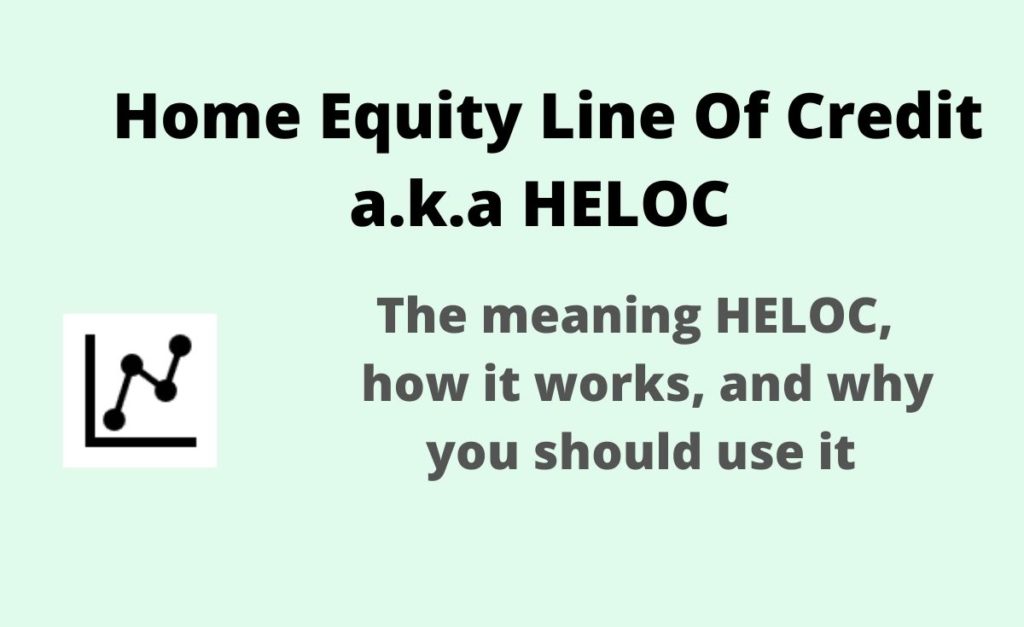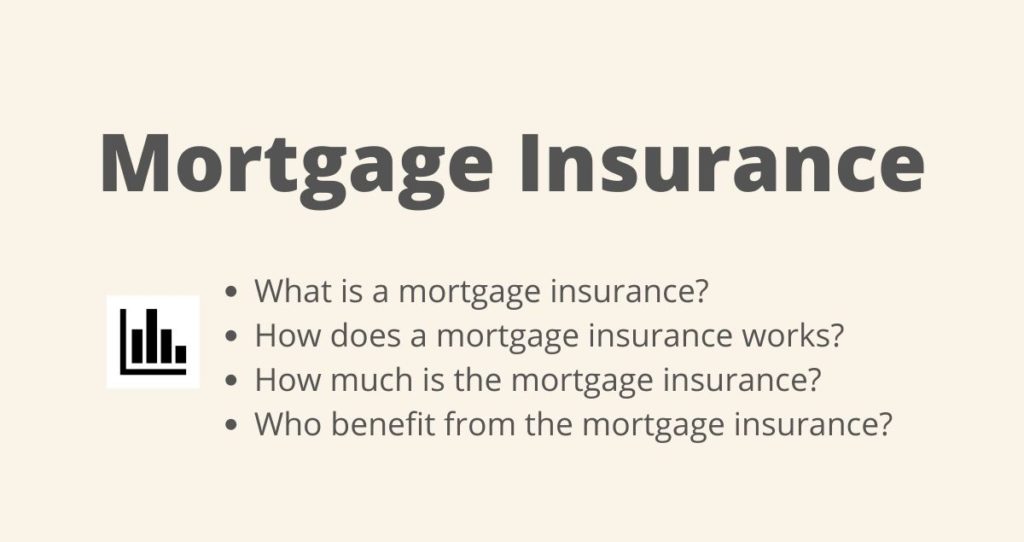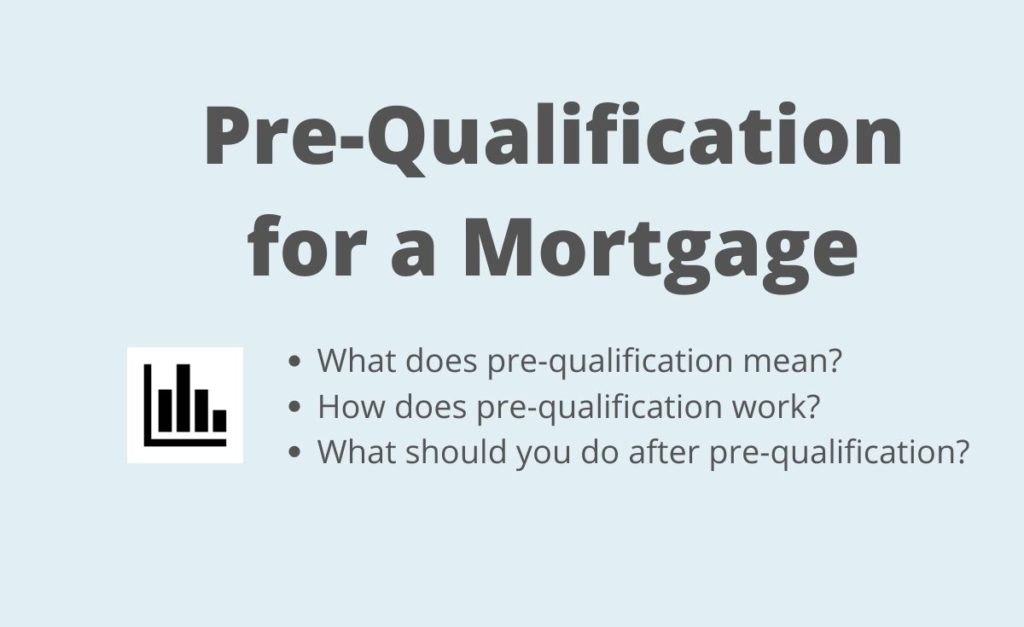First-time home buyer programs are often marketed as a solution for first-home buyers who are struggling to save for a down payment and closing costs or are worried about their credit scores. These programs usually include low to no-down-payment loans, forgivable loans for a down payment, grants, tax credits, closing costs assistance, and free to low-cost recourses. However, these programs may not be the best fit for everyone.
In fact, some first-time home buyer programs can sometimes lead to unexpected pitfalls and expenses. For example, some first-home buyer programs such as the down payment assistance program allow you to put down as little as 3%. Putting down an inadequate down payment means that you will borrow more money which leads to higher interest charges and large monthly payments. You might also need to purchase private mortgage insurance(PMI) and lock in a higher interest rate which increases the cost of the house.
In this article, we’ll explore the potential downsides of first-time home buyer programs, as well as the benefits and alternative options available. We’ll also provide tips for navigating the process of buying a home for the first time and how to avoid common mistakes that first-time home buyers make.
What is a first-time home buyer program?
Buying a home for the first time can be overwhelming due to a costly down payment, expensive closing costs, and the complexity of the process. Some people don’t even know where to start or how to find financial support when buying their houses. Fortunately, there are first-time home buyer programs you can qualify for to help you buy a house.
Essentially, these programs are designed to help people who are buying a home for the first time by offering financial assistance, such as grants, loans, or tax credits.
In order to qualify for these programs, there are typically certain criteria that must be met. For example, some programs may require that the buyer has a certain income level, while others may require that the home is located in a certain area or that the buyer has completed a homebuyer education course.
It’s important to note that these criteria can vary depending on the specific program and the state in which you live. Additionally, some programs may have limited funding available, meaning that not all applicants will be approved.
How to qualify for the first-time home buyer program?
To qualify for a first-time home buyer program, there are a few criteria that you must meet. These programs are in place to support people with lower credit scores, low household incomes, or limited down payments.
To qualify for the first home buyer program you must be a first-time home buyer. This means you haven’t owned a home in the past 3 years. You’ll also need to meet certain income requirements, which vary based on the program and your location. Additionally, some programs require that you attend a homebuyer education course before you can be approved.
The following are the basic requirements to qualify for first-time home buyer programs.
| Loan Type | Min. Credit Score | Min. DTI Ratio | Min. Down Payment | Income Requirements |
| Fannie Mae Home Ready Loan | 620 | 45% | 3% | Income must be less or equal to 80% of the median income in the area |
| Conventional 97 Loan | 620 | 43% | 3% | No income limit |
| FHA Loan | 580 | 50% | 3.5% | No income limit |
| USDA Home Loan | 640 | 41% | 0% | Buy in an eligible area and income must be less or equal to 115% of the median income in the area. |
| Freddie Mac Home Possible Loan | 660 | 45% | 3% | Income must be less or equal to 80% of the median income in the area |
| VA Home Loan | 580-620 | 41% | 0% | No income limit but must meet military service requirements |
These requirements are basic and can also vary depending on your unique situation. For example, if you have a 10% down payment for an FHA loan, your credit score requirements can be less strict. Instead of having a minimum credit score of 580, you might qualify for an FHA loan with a credit score as low as 500.
Related: What is The Best Loan For Buying A House?
Types of first-home buyer programs
First-home buyer programs come in many forms and types. The following are common types of programs you can apply for.
- Down Payment Assistance (DPA). If you are having a hard time saving for a down payment or want to buy a house before saving enough money, you can apply for the Down Payment Assistance(DPA). These assistances are usually low-to-no interest loans(DPA Loans) or DPA grants to help you with the purchase, according to Rocket Mortgage.
- Government-Backed Loans. These loans allow first-time home buyers to purchase homes without down payments.
- Closing costs assistance. Closing costs can be very expensive especially when you are low on cash. These costs range between 2% to 6% of the total cost of your house. For example, if you buy $500k on a 30-year fixed-rate mortgage with a 5% down payment, your closing costs can be as much as $30K. Closing assistance programs support first-home buyers in closing costs through loans and grants.
- First-time home buyer education. These are free or low-cost educational materials you can utilize to learn about real estate and the process of buying a house.
- Tax deductions. Owning a home usually comes with a lot of tax deductions. You can deduct the full amount in interest you paid on a loan and private mortgage insurance(MPI) if your mortgage is less than $750K on your primary home and on one vacation home when filing jointly. According to Rocket Mortgage, when filing separately, your mortgage balance must be under $375K to have a full deduction.
The potential downsides of first-time home buyer programs
While first-time home buyer programs seem like a great opportunity, it’s important to consider the potential downsides before committing.
The following are the disadvantages of first-time home buyer programs.
1. The house will cost you more in interest charges due to borrowing too much
A large down payment means that you take out a small loan amount which is essential in lowering the cost of the house. But, if you use the down payment assistance and only put down 3%, you will be borrowing 97% of the cost of the home as opposed to 80% with a 20% down payment. This means the house will cost you more in interest charges and your monthly payment could be unaffordable.
For example, if you buy a $400,000 home with a 20% down payment at a 6.9% 30-year fixed rate, the house will cost you around $638K by the time it is paid off. This cost only covers the principal of $400,000 and interest charges. In other words, the house will cost you around $238,000 in interest charges.
But, if you only put down 3%, the house will end up costing you $747k after paying it off. In order words, you will pay around $347,000 in interest charges which is a difference of around $110,000 in interest charges. By putting more money down, you end up saving big time in interest charges.
A small down payment also keeps your monthly payments higher which makes it harder to pay off the house faster unless you refinance your mortgage.
2. Stricter eligibility requirements
A common downside of first-home buyer programs is that some of them often come with stricter eligibility requirements, which can make it more difficult to qualify.
3. Private mortgage insurance(PMI) requirements
The fact that you cannot afford your down payment or cover closing costs means that the risk of lending you money is also greater compared to those with financial means. For this reason, some programs require that you purchase private mortgage insurance to cover the lender in case you default on your loan.
4. Limited home options
Another potential downside of first-time home buyer programs is that they may limit your options when it comes to choosing a home. For example, some programs may only be available for certain types of properties or in specific neighborhoods. This could make it harder to find a home that fits your needs and preferences.
5. It can be hard to find better terms
It’s also worth noting that first-time home buyer programs may not always offer the best interest rates or terms. While programs like FHA loans can be helpful for buyers with lower credit scores or smaller down payments, for example, they often come with higher fees and interest rates than other types of loans.
Benefits of first-time homeowner programs
Even if first-time home buyer programs come with drawbacks, they also come with a lot of potential that should not be ignored. The following are the benefits of using first-time home buyer programs.
- A smaller down payment. One key advantage is that these programs often require smaller down payments than traditional loans. This can make homeownership more attainable for those who may not have a large sum saved up.
- You can buy a home faster. The fact that you don’t need a 20% down payment, means that you can buy a house as soon as you get 3% to 3.5% which are usually the minimum required down payments for most first-time home buyer programs.
- You might qualify for closing cost assistance. Closing costs are the second biggest cost of buying a house besides your down payment. So, certain programs may offer grants or assistance with closing costs, which can help keep the overall cost of buying a home down.
- Lower credit score requirements. Another benefit of first-time home buyer programs is that they often cater to those with lower credit scores. While this may result in higher interest rates or fees, it can still be a helpful option for those who may not qualify for traditional loans due to their credit history.
- Access to free or low-cost resources. Many first-time home buyer programs offer resources and education to help first-time home buyers navigate the home-buying process. This can include workshops on the home-buying process, financial planning, and home maintenance.
5 tips for first-time home buyers
As a first-time home buyer, it’s important to take advantage of any resources and education available to you. Here are five tips to keep in mind as you navigate the home-buying process.
- Get pre-approved for a mortgage. This will give you a clear idea of how much you can afford and make the home-buying process smoother.
- Work with a trusted real estate agent. The process of buying a house is lengthy, complex, and costly. For this reason, you need to use a real estate agent to help you negotiate deals, help with paperwork, and for guidance. A good agent will also advocate for your interests.
- Consider all costs. Don’t just think about the down payment and mortgage payments. Remember to factor in closing costs, property taxes, homeowner’s insurance, and ongoing maintenance and repairs.
- Look beyond the purchase price. It’s easy to get caught up in the excitement of finding your dream home. But make sure to also consider the neighborhood, school district, and commute to work.
- Don’t rush the decision. Homeownership is a big commitment. So, take the time to carefully consider your options and make a decision that is right for you.
How much should you put down when using a first-time home buyer program?
When it comes to using a first-time home buyer program, one of the most significant decisions you’ll need to make is how much to put down. While many programs offer low down payment options, it’s critical to consider the implications of your decision on your financial goals.
Putting down a small amount may seem like an attractive option, especially if you don’t have substantial savings. However, it’s important to remember that a smaller down payment means a larger mortgage. The more you borrow, the more you’ll pay in interest over time. Additionally, a smaller down payment may also mean higher monthly mortgage payments which also come with private mortgage insurance(PMI).
On the other hand, putting down a larger down payment such as 20% or more can help you save money in the long run. Not only will you have a smaller mortgage and lower monthly payments, but you’ll also pay less interest over time. Plus, a larger down payment may help you secure a better interest rate, which can save you even more money over time.
Most first-time home buyer loans allow you to put down at least 3%. But, you should put down a larger down payment to save money in interest charges and minimize your financial stress.
Ultimately, the decision of how much to put down depends on your individual financial situation and the first-time home program you are using. So, consider your current savings, monthly budget, and long-term financial goals to determine what works best for you.
Related: How to save for a down payment?
Steps for buying a house for the first time
Buying a house for the first time can be challenging as each house and neighborhood can seem attractive. But, if you follow the right approach, the home-buying process can be simple and straightforward. With a budget in mind and a pre-approval letter in hand, you’re ready to begin the exciting process of finding your first home. Here are some important steps to keep in mind as you navigate the home-buying process.
- Start by researching neighborhoods that fit your lifestyle and budget. Consider factors like proximity to work, schools, and amenities like grocery stores and parks.
- Once you’ve narrowed down your search to a few neighborhoods, begin looking for homes that fit your needs and budget. Be sure to work with a real estate agent who is experienced in working with first-time homebuyers.
- Once you’ve found a home you love, work with your agent to submit an offer. Remember, this is just the beginning of the negotiation process. So, be prepared to negotiate on price, contingencies, and closing costs.
- Once your offer has been accepted, it’s time to begin the closing process. This step will involve a lot of paperwork. So, be sure to read through everything carefully before signing.
Related: How to buy a house step-by-step?
Before diving headfirst into purchasing your first home, it’s crucial to understand the hidden costs of homeownership that often catch new buyers off guard. The following are hidden costs of homeownership you need to be aware of.
- Closing costs. One of the most significant expenses in buying a house is closing costs, which include fees for appraisals, inspections, and title searches, and can range from 2-5% of the home’s purchase price.
- Maintainance and repairs. Once you move in, there will be ongoing maintenance and repair expenses that you will need to factor into your budget. This can include everything from replacing appliances to repairing leaks or installing a new roof.
- Property taxes. First-time home buyers often ignore or do not consider property taxes. Depending on where you live, property taxes can easily amount to several thousand dollars a year, which can be a significant financial burden.
- Homeowner’s insurance. Another hidden homeownership cost to consider is homeowner’s insurance. The necessary to protect your investment in the event of any damage to your property. Homeowners’ insurance can be quite costly, and you’ll often need to pay a premium for a comprehensive policy that covers everything from fire damage to natural disasters.
- Homeowners Association(HOA) Fee. Depending on where you purchased your home, the house might come with an HOA fee which is usually a few hundred dollars each month.
Property taxes and homeowner’s insurance are usually bundled together with interest payment and principal in what is known as PITI. PITI stands for principal, interest, tax, and insurance. Most mortgage servicers add property tax and insurance to your monthly payments and keep them in an escrow account to make sure that you don’t miss a payment.
Related: How much does it cost to buy a house?
Who qualifies for first-time homebuyer programs?
First-time home buyers often face financial challenges that make it difficult to afford a home. Fortunately, there are programs available to help first-time homebuyers navigate these challenges and make homeownership a reality. But who qualifies for these programs?
Generally, first-time homebuyers are defined as those who have not owned a home in the past three years. This includes those who have never owned a home as well as those who have owned a home in the past but have not done so in the past three years.
In addition to meeting the time requirements, first-time homebuyers will also need to meet certain financial qualifications. This can include a minimum credit score, maximum income limits, and a down payment that meets program requirements. It’s important to research the specific first-time home buyer program you are interested in to understand its requirements and whether you qualify.
How can I apply for first-time homebuyer programs?
When considering a first-time home buyer program, it’s important to understand the application process and requirements. Each program will have its own set of eligibility criteria. So, it’s crucial to research the specifics of the program you are interested in.
Generally, you’ll need to demonstrate that you meet certain financial qualifications, such as a down payment that meets the chosen first-time home buyer program, minimum credit score, and income limits.
To start the application process, you’ll need to gather documentation such as tax returns, pay stubs, and bank statements to show your financial situation. You’ll also need to fill out the necessary paperwork and provide any additional information as requested by the program.
It’s important to note that while first-time home buyer programs can offer valuable financial assistance, they can also be highly competitive. For this reason, it’s essential to present yourself and your application in the best possible light to increase your chances of being accepted. This might include working with a real estate agent or mortgage broker who has experience with the program. You should also accurately complete your paperwork and submit your application as early as possible.
If you’re unsure of where to start, consider reaching out to a HUD-approved housing counseling agency for guidance and support. These agencies can help you navigate the application process, understand your options, and identify any additional resources that may be available to you.
Alternatives to first-time home buyer programs
While first-time home buyer programs can be a helpful resource for those looking to purchase a home, they may not be the best fit for everyone. Fortunately, there are alternative options for first-time home buyers to consider when purchasing a home.
One option to consider is a conventional mortgage, which typically requires a higher down payment but may offer lower interest rates and better terms. Conventional mortgages require a 20% down payment to avoid PMI. Another alternative is a government-backed loan such as an FHA or VA loan, which may have more lenient credit requirements and lower down payment options.
It’s important to do your research and speak with a trusted lender to determine which option is best for your unique situation. Keep in mind that these alternative options may still require a good credit score and a strong financial standing.
What credit score is good for buying a house?
When it comes to buying a house, your credit score is a crucial factor that plays a significant role in determining your eligibility for a mortgage. A good credit score not only increases your chances of getting approved for a loan but also helps you qualify for better interest rates and terms. So, what credit score is good for buying a house?
Typically, most lenders require a minimum credit score of 620 for a conventional loan. But, FHA loans may have more flexible requirements, accepting applicants with a score as low as 500. Keep in mind, however, that having a higher credit score can give you access to better loan options and lower interest rates.
It’s essential to check your credit score before applying for a mortgage. If your score is lower than you’d like it to be, take steps to improve it. Paying your bills on time, lowering your credit utilization rate, and reducing your debt-to-income(DTI) ratio are two effective ways to boost your credit score.
Related: What is a good credit score to buy a house?
First-time home buyers’ mistakes to avoid
Knowing what to avoid is just as important as knowing what to do when it comes to buying your first home. Here are some common mistakes that first-time homebuyers should avoid.
- Not Getting Pre-Approved. Getting pre-approved for a mortgage is an important first step in the home-buying process. It allows you to know how much home you can afford and shows sellers that you are serious about buying.
- Not Budgeting for Closing Costs. Closing costs can add up quickly and include fees like appraisal and inspection costs. Be sure to budget for these costs, so you’re not caught off guard.
- Skipping the Inspection. It may be tempting to skip the home inspection to save money, but it could end up costing you in the long run. A home inspection can uncover potential problems that could cost thousands of dollars to repair.
- Not Researching the Neighborhood. Don’t just focus on the house itself. Research the neighborhood and surrounding areas to ensure that it fits your lifestyle and needs.
The bottom line
First-time home buyer programs can be a tempting option, but they come with potential downsides that should not be overlooked. It’s crucial to do your research, understand the hidden costs of homeownership, and carefully consider whether these programs are right for you.
If you do decide to pursue a first-time home buyer program, make sure to take steps to protect yourself from common pitfalls and explore alternative financing options that may better suit your needs and budget.
